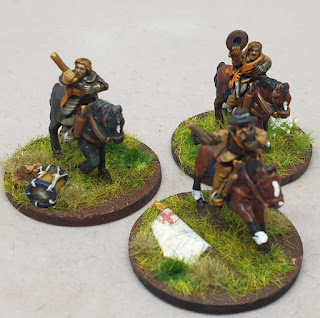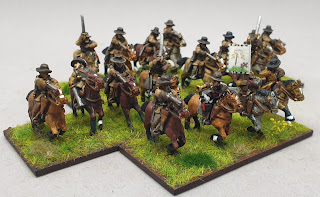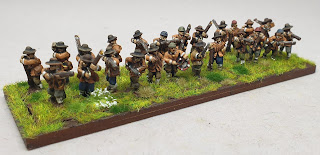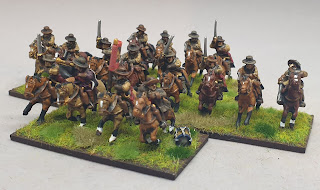Follow By Email

Google/Feedburner have announced that they will be discontinuing the 'follow by email' gadget with Blogger in July 2021. Obviously this will only impact those of you who do follow by email: no idea how many of you there are, as Blogger doesn't easily let me know this. So you'll be pleased to hear that my nonsensical rubbish will no longer be cluttering up your inboxes on a Monday. Those of you who will be devastated to lose these quality missives, I usually schedule posts to be published at 6am (UK time) on Mondays. DELETE AS APPROPRIATE There is a way that I could make a mailing list, to which you could subscribe, but as this would then add onerous bureacracy, and cost (think GDPR), on to my already busy schedule I'm not going to. Sorry. Update: a little more delving on the FeedBurner service update page states that they are migrating to a more stable platform. Whether this means that 'follow by email' will return at some point I'm not sure. KeepYour...










